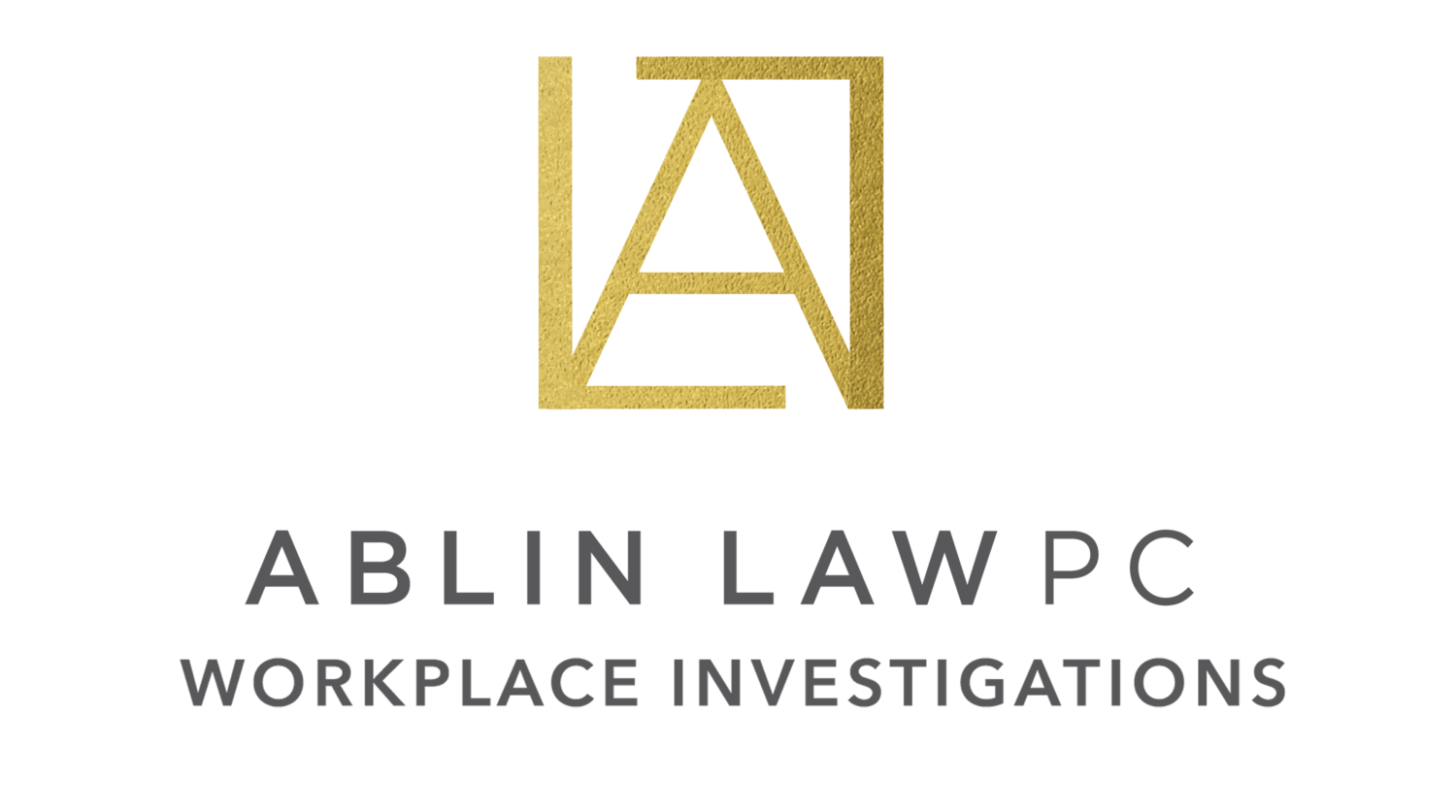When choosing an investigator or team to look into alleged workplace misconduct, organizations must determine whether to use internal resources or to bring in third party investigators from outside the company.
When using internal personnel to conduct interviews, gather evidence and make recommendations, companies can benefit from the investigator’s in-depth knowledge of the organization. However, relying on in-house staff to make recommendations also comes with some potential pitfalls that could be avoided by using an external third party.
Perceived Bias
Investigators handling any type of employee misconduct complaint need to be impartial, objective, and must have the experience, skills and knowledge to be able to thoroughly investigate and resolve the matter. It is certainly possible to find in-house personnel who meet these requirements. However, using someone from within your company can also create a perception of bias – both for the employee accused of misconduct and for any witnesses involved in the investigation.
Specifically, the investigator’s neutrality is more likely to be questioned in matters where the allegations involve a senior leader of your company, someone from your HR department, a board member, or when allegations are public knowledge.
If an internal investigator’s recommendations are later challenged in a court proceeding, any perception of bias can become another hurdle the company will need to overcome.
Incomplete Documentation
Another potential problem that can occur when internal investigators recommend action (or recommend that no action be taken) is a lack of adequate documentation for the investigation file. Any recommendations coming out of a misconduct investigation should be based solely on the facts uncovered during the investigation.
When in-house investigators handle misconduct complaints, there can be a tendency to assume certain information is common knowledge and doesn’t need to be documented. However, when the files are later scrutinized, holes in the documentation can become glaringly apparent. Using an external investigator can lessen this risk.
Where recommendations are concerned, internal personnel handling investigations should also document their impartiality, and should document any measures taken to eliminate any potential conflict of interest. Determinations and recommendations must be made independently based on the underlying facts and circumstances.
Presentation of Findings
At the conclusion of the investigation itself, the investigator or team should assemble their findings into a written report, submitted to the decision-maker at the company.
As with documenting the matter itself, internal investigators may not be as complete or thorough in the investigation report as an external investigator would be. However, the report is the company’s opportunity to show that any decisions made were well-reasoned and supported by facts and evidence.
Written reports should be limited in scope, addressing only information relevant to the matter at hand without including extraneous or irrelevant information.
Protect Your Company’s Risks in the Investigation Process
When employee misconduct allegations occur, the individual or team responsible for managing the investigations process and making recommendations to the company’s decision-makers must be unbiased and thorough, and that facts and findings are fully documented and presented in a written report to those who have a business need to see the investigation’s’ results.
Choosing a neutral third party investigator from outside the company can help protect the company’s current and future interests.


Recent Comments